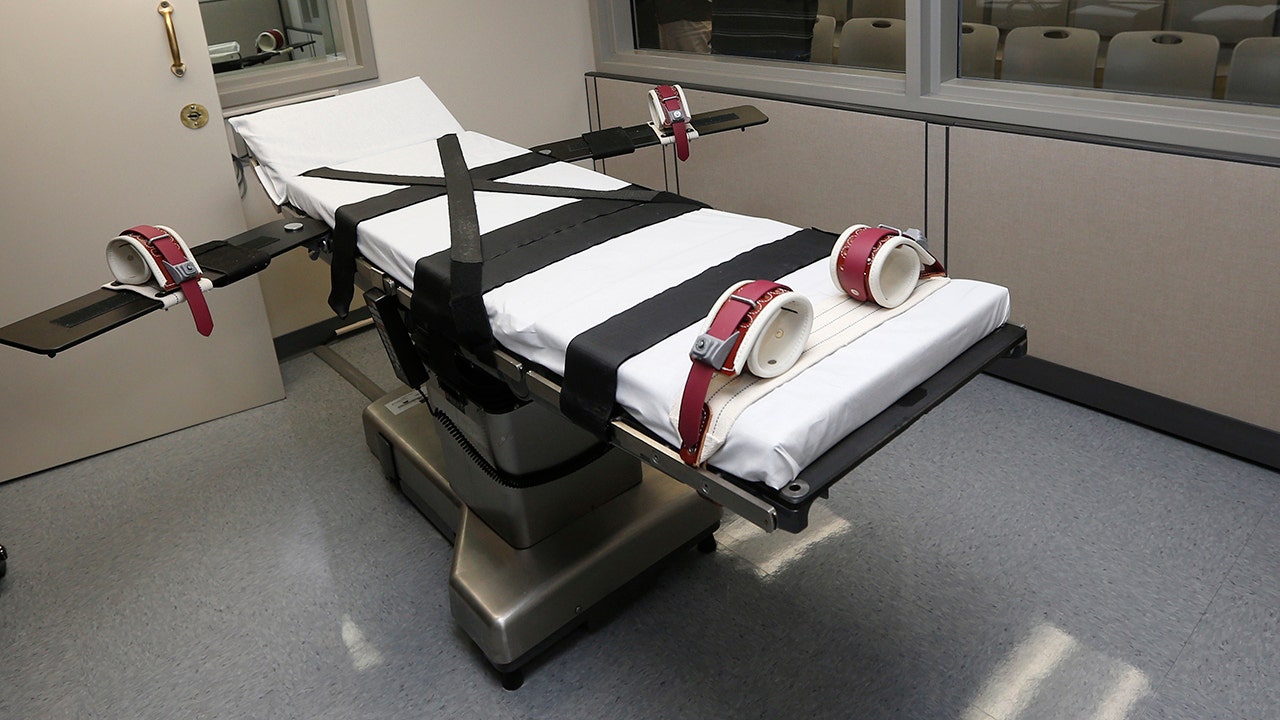The musician visited the Stanford Initiative to Cure Hearing Loss as part of a new interview with CBS Mornings
Last year, Paul Simon confirmed that while making his most recent album, Seven Psalms, he’d suffered major hearing loss. The musician has had to find ways to adapt so that he can keep making and playing music, telling CBS Mornings in a new interview: “I’m going through my repertoire and reducing a lot of the choices that I make to acoustic versions. It’s all much quieter. It’s not ‘You Can Call Me Al.’ That’s gone. I can’t do that one.”
But the musician is also looking for possible cures. That search has led him to the Stanford Initiative to Cure Hearing Loss, where scientists have found that animals like zebrafish and mice might be able to help Simon and others with severe hearing loss.
In the new CBS Mornings interview, Simon and reporter Anthony Mason traveled to Paolo Alto to visit the SICHL. There, they got a crash course in why animal research is so crucial to studying hearing loss, and some of the recent discoveries that have been made.
The SICHL is led by Dr. Konstantina Stankovic, who notes that it’s difficult to address hearing loss, because hearing bones “are the smallest bones in the body.” These bones are connected to the inner ear (or, cochlea), which is similarly small and so fragile that doctors can’t biopsy it without causing deafness.
Animals offer a potential well of scientific answers in this area because many species can actually recover from hearing loss. That’s because animals have hair in their ear (called cilia), which sends sounds to the brain, and those hair cells are able to regenerate. Humans have similar cilia cells that can regenerate, too, but only partially. That’s why one scientist, Dr. Alan Cheng, is using gene therapy to see if he can get damaged hair cells in mice to regenerate fully. If successful, scientists might be able to see if a similar drug cocktail could work on humans.
Another helpful animal in this field has been the zebrafish — an incredibly tiny minnow that actually has an ear structure similar to humans. In the CBS Mornings clip, geneticist Teresa Nicolson tells Simon about how they were recently able to help zebrafish with hearing loss mutations recover their hearing with an FDA-approved drug that might one day be given to humans.
Trending Stories
At the end of the interview, Simon said his visit to the SICHL gave him “hope that there is some significant improvement on the horizon.” The musician — who retired from touring in 2018, but did perform an acoustic set in New York earlier this year — also remained determined to continue with his art as long as possible.
“You know Matisse, when he was suffering at the end of his life, when he was in bed, he envisioned all these cut-outs and had a great creative period,” Simon said. “So I don’t think creativity stops with disability. So far, I haven’t experienced that. And I hope not to.”

 2 days ago
1
2 days ago
1
















.png)

.png)
.png)
.png)













 English (US) ·
English (US) ·  Hindi (IN) ·
Hindi (IN) ·